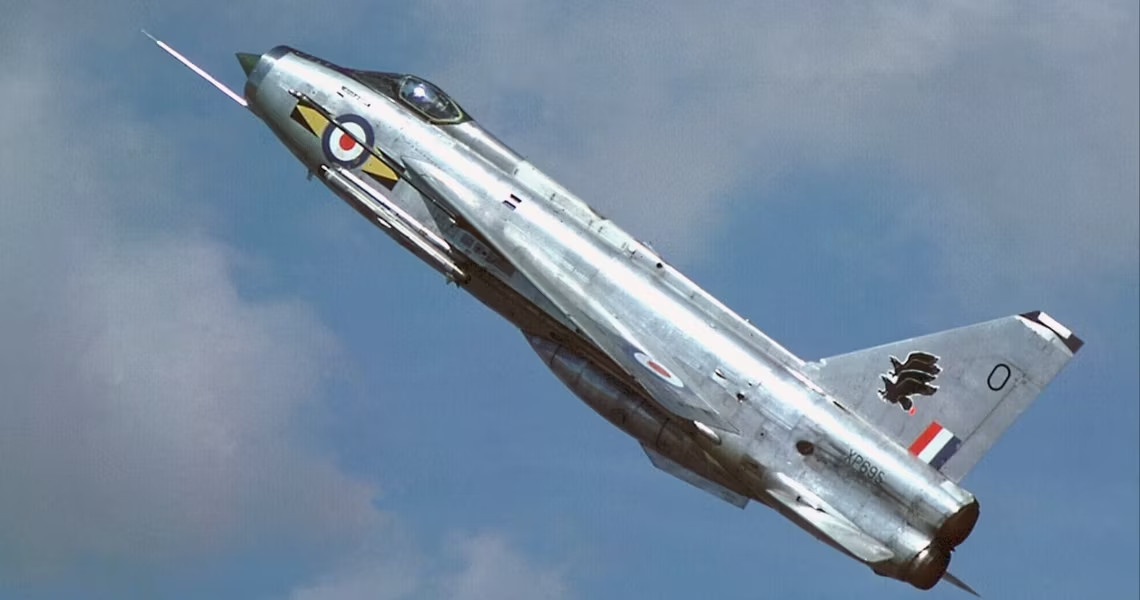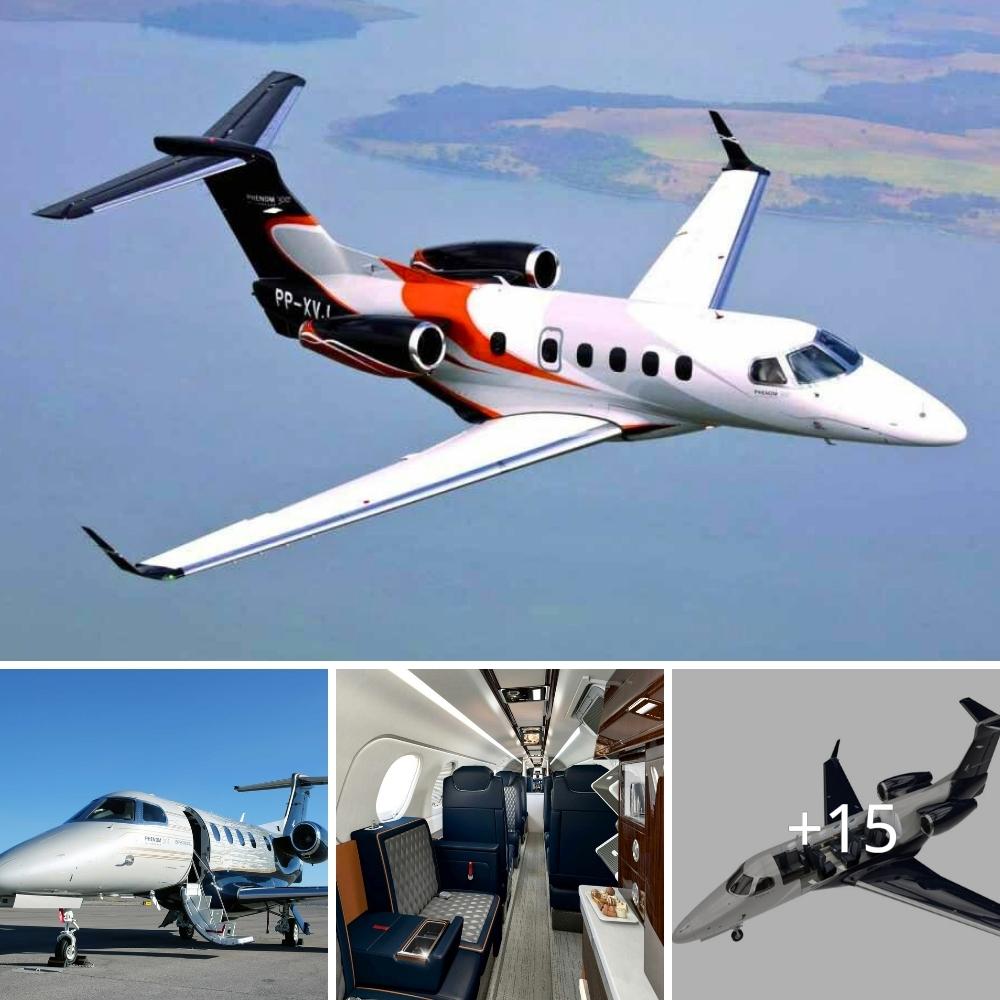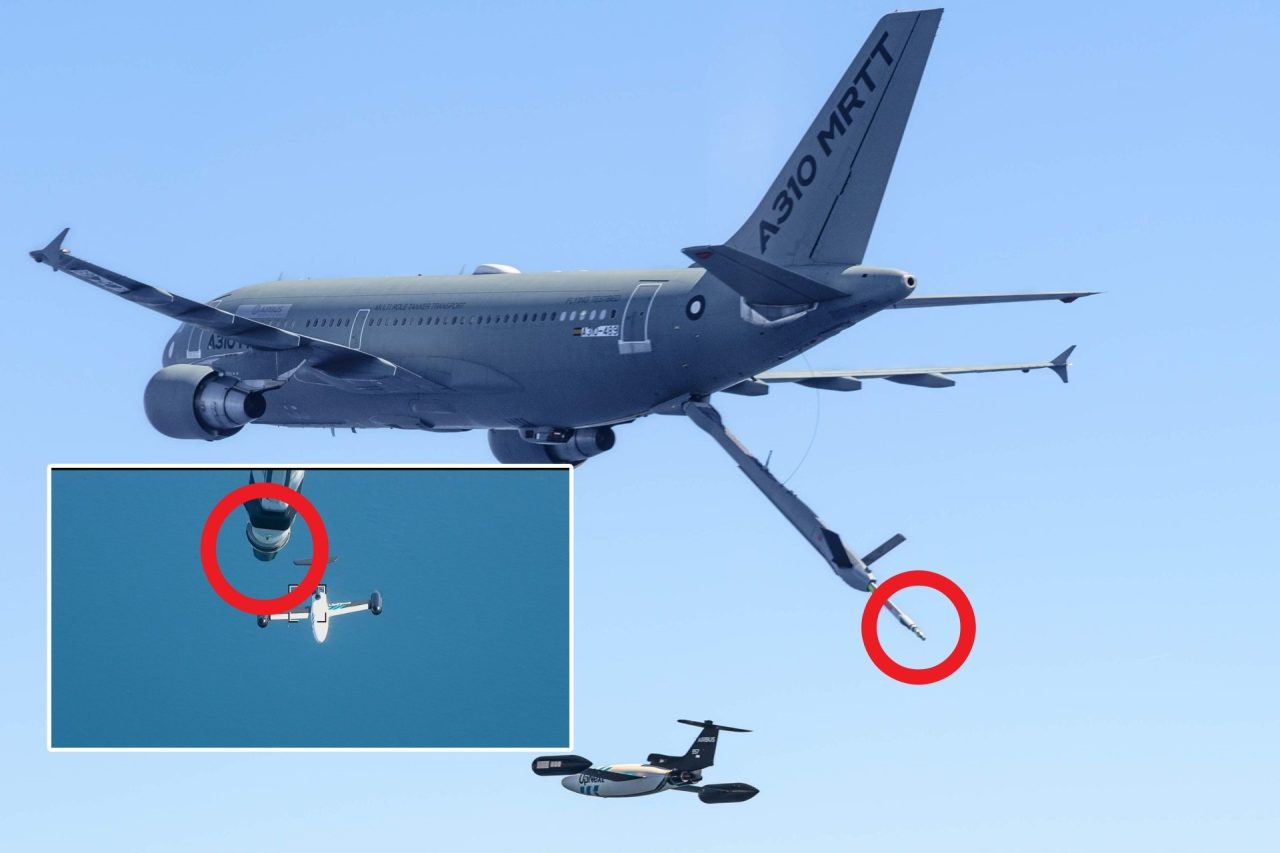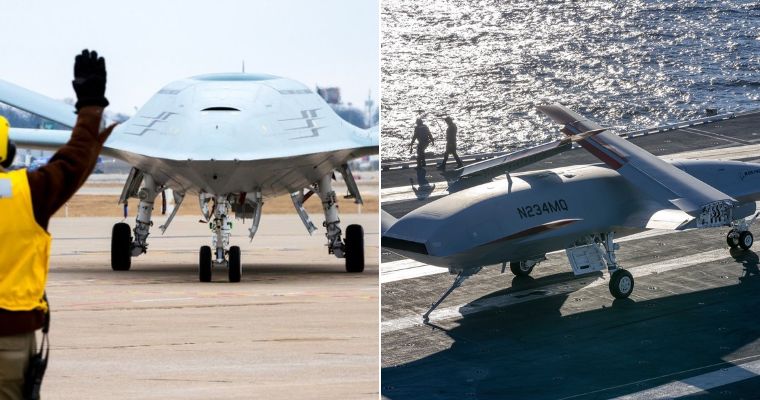The Lightning would become the first, and only, British made jet fighter that could reach speeds of Mach 2 making it the fastest British jet ever.

The Cold War was perhaps the most fascinating period for military aviation. It saw the Soviet Union and the West locked in a fierce arms race. Aircraft were of course needed to counter the other sides, strategic bombers became the nuclear deterrent and the technology involved in aircraft was really pushed to its limits and beyond. The Cold War saw many incredible, fast fighter jets take to the skies, ranging from the American F-104 Starfighter, right up to the Soviet MiG-21 Fishbed.
In Britain, the Royal Air Force needed a new, fast, high-altitude interceptor that could protect its own V-bombers from enemy fighters, while also attack incoming Soviet bombers before they could drop their deadly loads. At the time, around the mid-1950s, it had no Mach 2 capable jet fighter. That all changed when in April 1957, when the English Electric Lightning took to the skies for the first time. The Lightning would become the first, and only, British made jet fighter that could reach speeds of Mach 2, and would remain in service from 1960 right up until the late 1980s. To this day, it remains the fastest British made fighter aircraft in history.
How The Lightning’s Development Began
The Lightning was born out of a need in the late 1940s to supply Britain with a supersonic fighter aircraft. A swept-wing aircraft design as needed, but to prove the concept worked some test aircraft were first needed. In 1949, the project to develop a research aircraft for what would become the Lightning began and this would spawn three prototype aircraft, all under the English Electric P.1 umbrella. Two of them would be airworthy aircraft while one would remain a static airframe. These would be initially powered by Armstrong Siddeley Sapphire turbojets, and the engines mounted one above the other at the back of the aircraft. Production Lightnings would have Rolls-Royce Avon engines.

The P.1 design would prove that the Lightning design was viable, and P.1 WG760 would achieve a maximum speed of Mach 1.51, thought the two prototypes would never achieve Mach 2. Following further testing, the first prototype Lightning, XA847, was duly presented in October 1958 with the name Lightning now official. On November 25th that year, XA847 would reach Mach 2 for the first time. Officially, XA847 was a P.1B but much closer to the actual Lightning in its final form. The first version of the Lightning would be the F.1, and it would enter service with the RAF in May 1960.
RELATED:Russia’s TU-144 “Konkordski” Is A Cold War Icon
The Lightning Enters Operational Service
The Lightning finally entered service with the RAF in 1960, and it would enter frontline service with 74 Squadron that year. Amazingly, the Lightning would become just the second Western European-built combat aircraft with supersonic capability to enter service, after the Swedish Saab 35 Draken entered service in March that year. The Lightning quickly gained a reputation for being easy to fly and its weapons radar systems proved very effective. However, the RAF initially struggled to get more than 20 flying hours out of each aircraft per month.

Another issue with the Lightning was its short range, as it could only be airborne for a short period of time before needing to land and refuel. Later versions of the aircraft such as the F.6 would rectify this with a larger, underbelly fuel tank, and drop tanks were also mad available to the Lightning. One of the Lightning’s greatest achievements came in April 1985, when Concorde was actually offered as a target for NATO fighters during British Airways trials. The F-15 Eagle, F-16 Fighting Falcon, F-14 Tomcat, French Mirage and F-104 Starfighter all took part. But only the Lightning was able to overtake Concorde on an intercept.
A Reliable Performer And Faithful Until The End
In Royal Air Force hands, the Lightning would never see combat service. As the decades wore on, the aircraft would need ever-increasing maintenance and its short range and small weapons payload would still prove a problem. But it soldiered on in service, ever faithful to its crews and those who worked on them. It wowed crowds at airshows, its two Rolls-Royce Avon 301R engines propelling it to a speed of Mach 2.27 and over 1,500 mph. The fastest any British made fighter has ever gone. But all too soon, the end approached.
RELATED:The Avro Vulcan Was The Ultimate Cold War Bomber
The Lightning Bids Farewell
The aircraft was slowly phased out of service from 1974 to 1988, and by that point the aircraft needed huge levels of maintenance, due to how many hours had were now accumulated on the airframes. The final act for the Lightning would be a series of airshows at their spiritual home, the famous RAF Binbrook. Formations of nine Lightnings, an homage to The Firebirds display team of 1963, flew to bid farewell to the type. The final flight took place in June 1988 as a Lightning flew to a new home as a museum piece. And so ended the career of the fastest British fighter jet to ever grace the skies. What is perhaps most remarkable is that the Lightning was only supposed to have a service life of 10 years. That it flew for nearly 30 years of service is a testament to the capabilities of this rockstar of the skies.
Sources: RAF Musuem, Popular Mechanics, HushKit, BAE Systems












